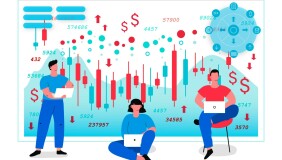 Strategies of hedging: definition, benefits and risks for traiders
Strategies of hedging: definition, benefits and risks for traiders- What is a bull market – a definition
- What is a bear market – a definition
- Is this even normal?
- Where did they come from and what does it have to do with animals?
- Bull and bear markets: examples
- How these markets affect investor behavior
- How to invest in bear and bull markets
- Bear market
- Bull market
- Everlasting investments – prepare your portfolio for both types of markets
What is a bull market – a definition
A bull market is a condition in which prices are rising.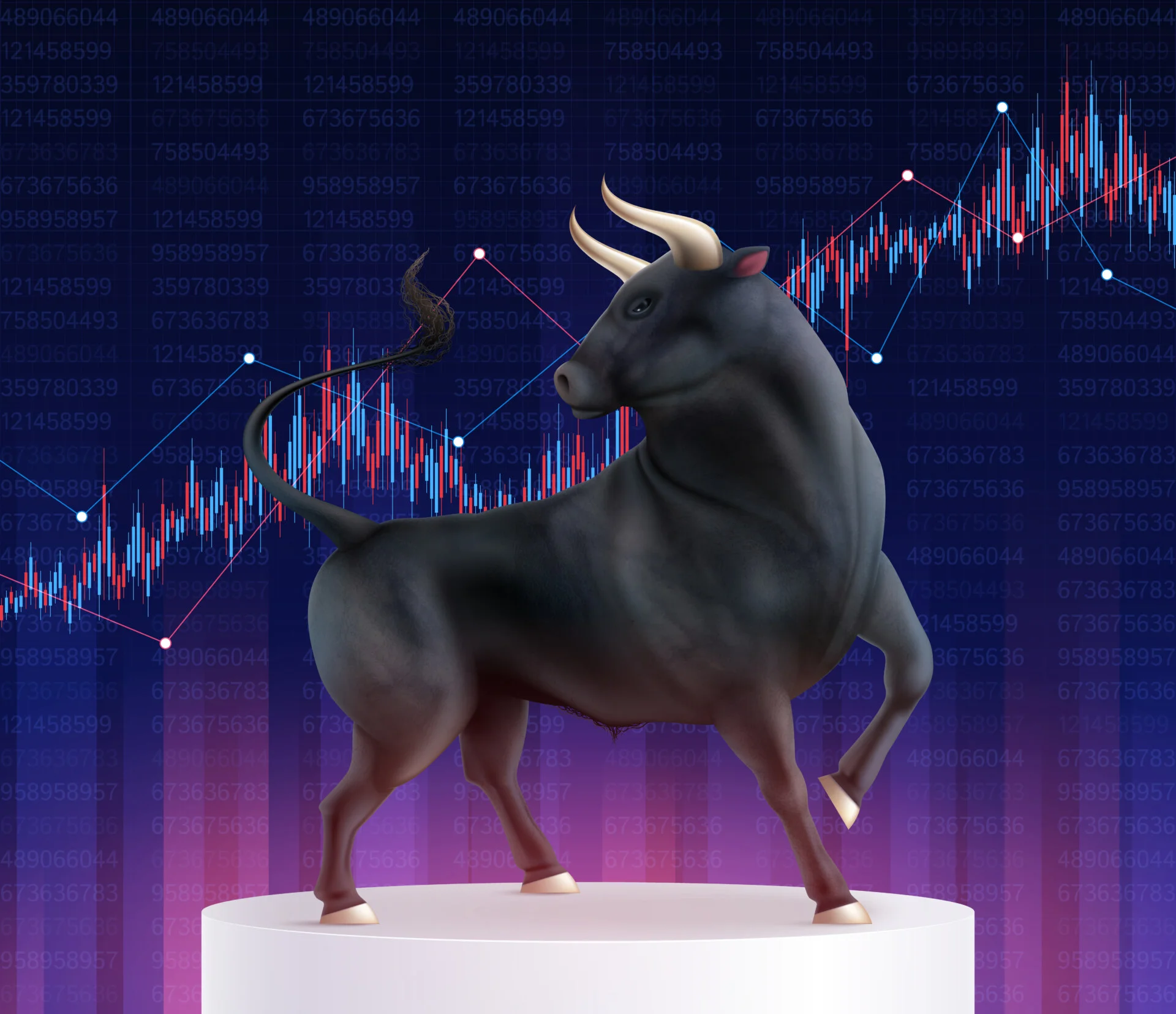 When talking about stock markets, a bull state occurs when the major stock indexes (S&P 500 and Dow) are up at least 20%.
When talking about stock markets, a bull state occurs when the major stock indexes (S&P 500 and Dow) are up at least 20%.What is a bear market – a definition
Technically, a market is considered bearish when the major indexes fall 20% or more from their previous high for at least two months (and sometimes for years).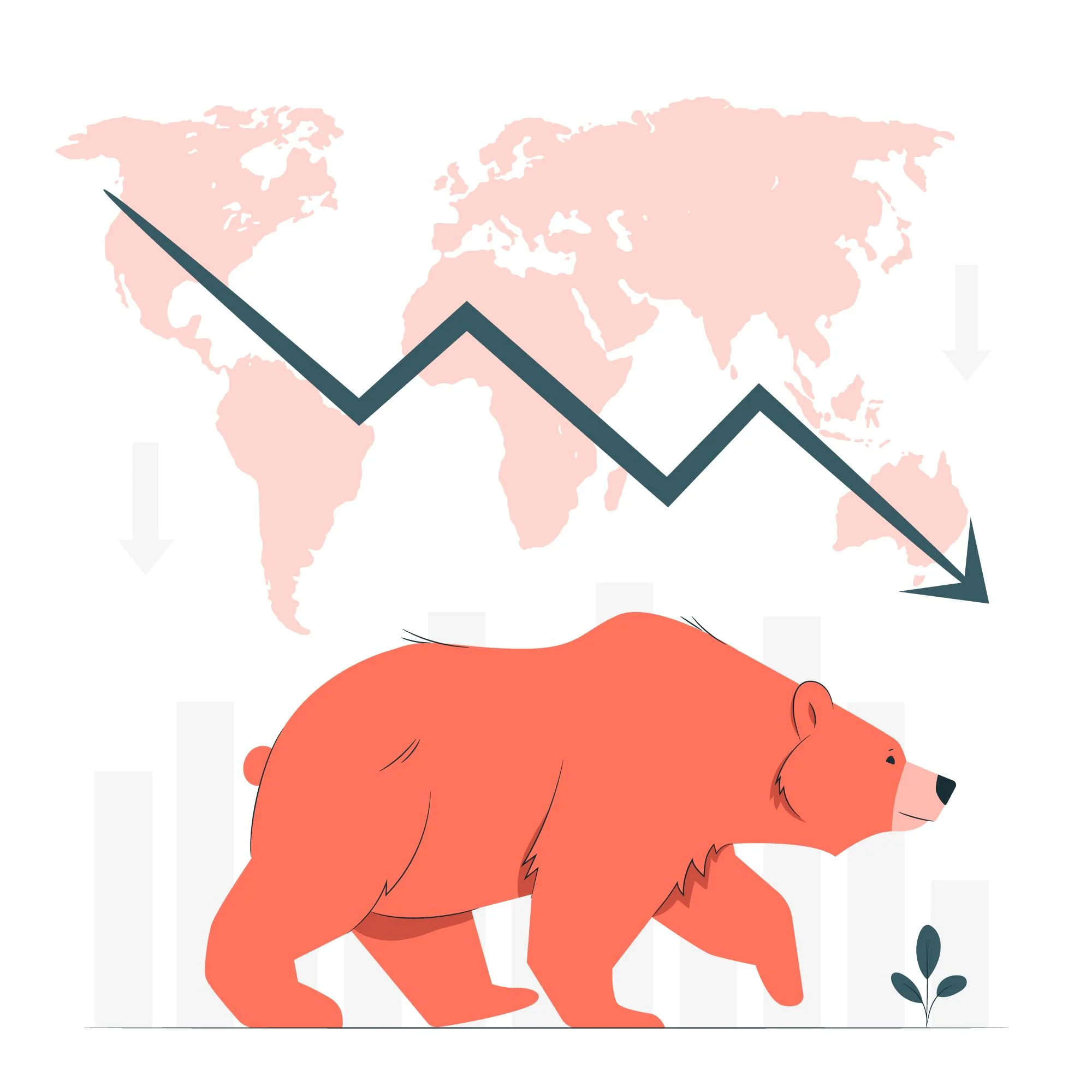 Shocked by what's in parentheses? We didn't doubt it, really. The S&P 500 has gone through this more than 12 times in the last 100 years, and the average duration of each of these swims has been between 1.5 and 5 years.
Shocked by what's in parentheses? We didn't doubt it, really. The S&P 500 has gone through this more than 12 times in the last 100 years, and the average duration of each of these swims has been between 1.5 and 5 years. In fact, everything is the same as in the case of a bull market, but in the diametrically opposite direction.
Is this even normal?
Both phenomena are perfectly normal. There is no need to be afraid of them, you just have to be ready. How to deal with these two conditions - later in the article.Where did they come from and what does it have to do with animals?
The definitions of bull and bear markets appeared very early in the development of the stock market in the USA.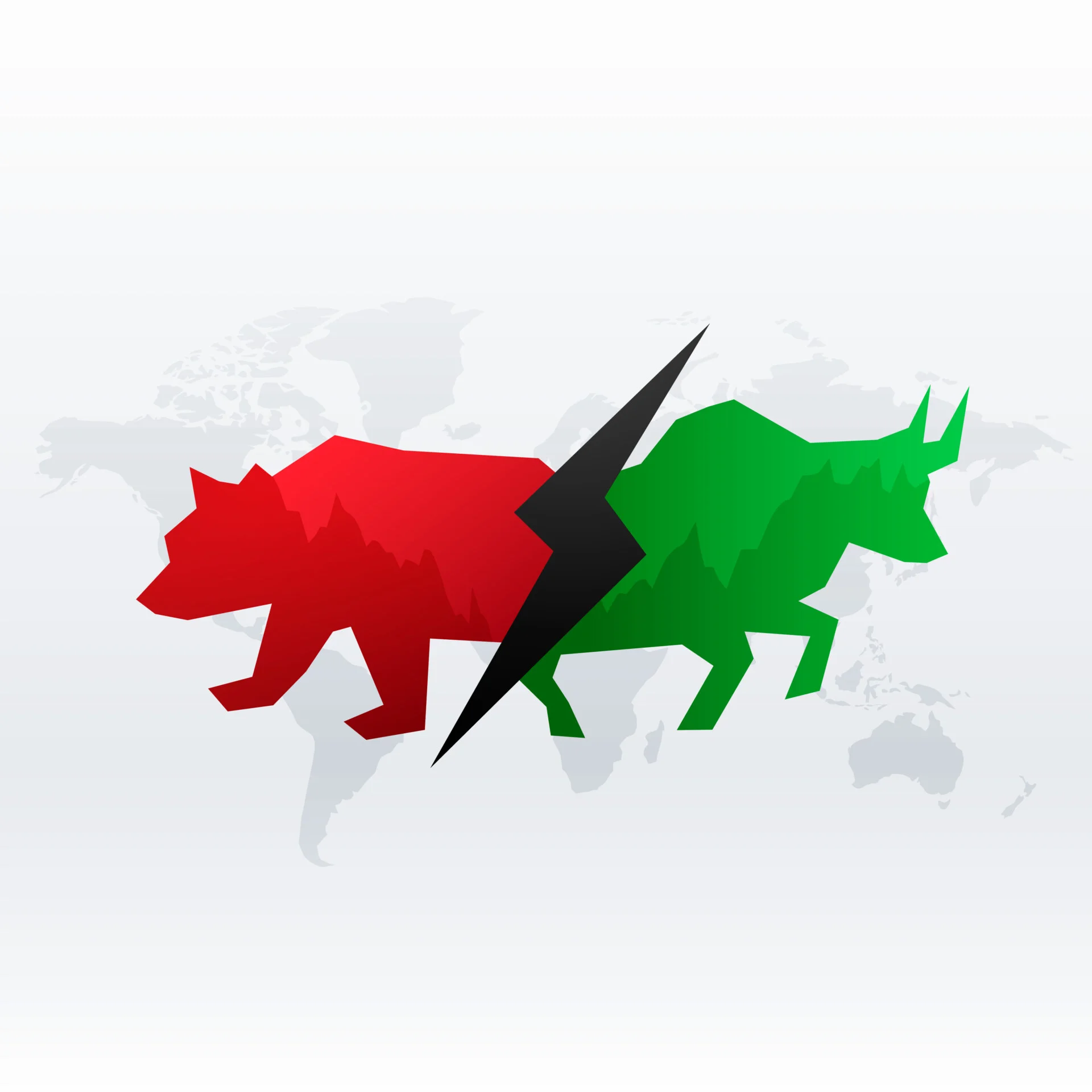 Now, as for the animal connection. It's pretty prosaic. These names come from the way traders behave in the market. For example, a bull attacks the victim and tries to push it up with its horns.
Now, as for the animal connection. It's pretty prosaic. These names come from the way traders behave in the market. For example, a bull attacks the victim and tries to push it up with its horns.A bear, on the other hand, pins the victim to the ground with its paws.Thus, bull traders provoke the increase of demand and push the price up by opening long trades. And the actions of bears are opposite to those of bulls. To initiate a short trade, they open sell orders, which provokes an increase in supply and pushes the price down.
Bull and bear markets: examples
The most prominent recent examples of such markets are the bull market of the 1990s and the bear market of 2008. Oh, and then there's the bear market that just recently hit us – in 2020, to be exact. The 2008 bear market was the worst in recent memory. It lasted 517 days, during which the S&P 500 fell nearly 60%.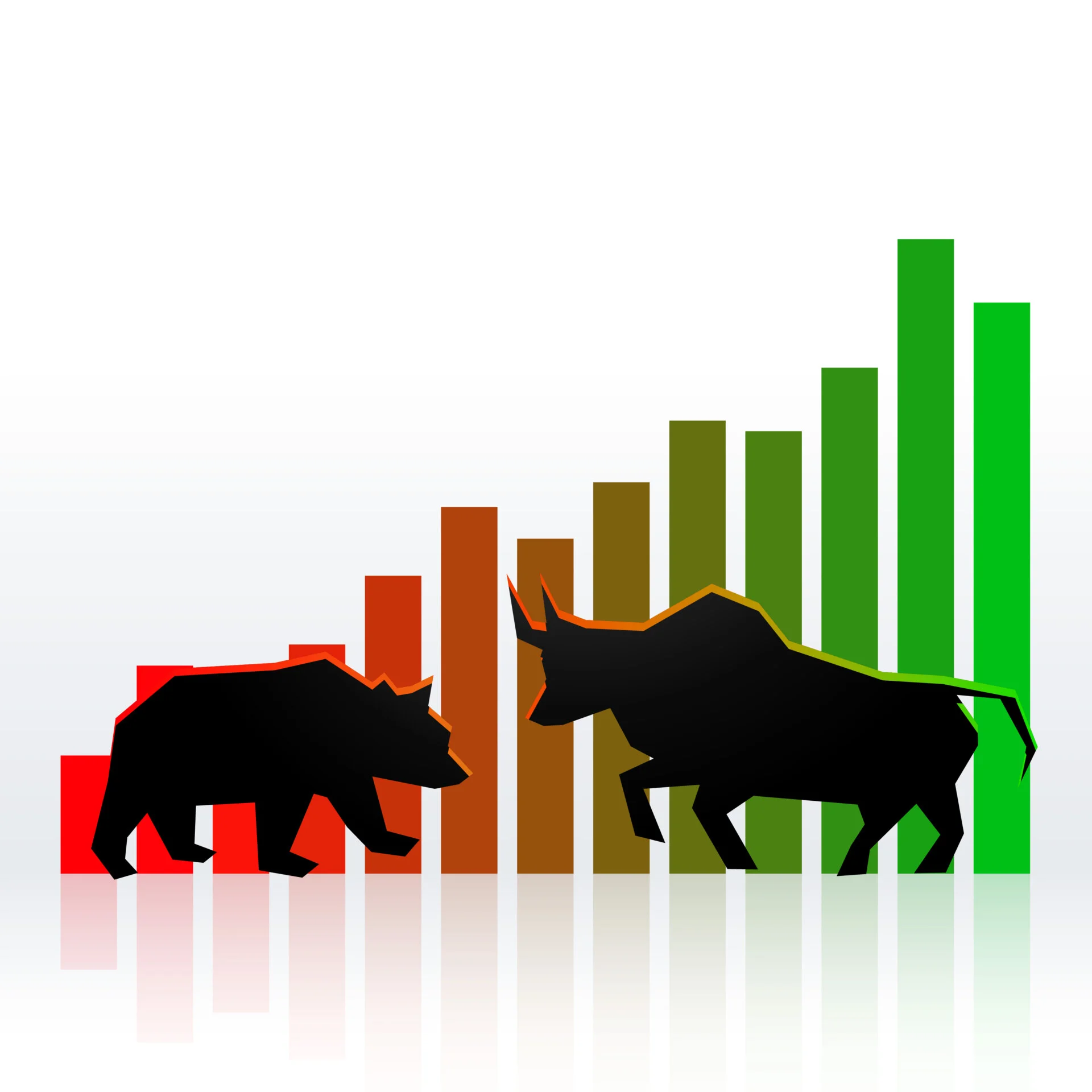 By contrast, the 1990-2000 rally was the strongest. It lasted 3,453 days, during which the index rose 300%. The chart above shows how the market has changed since 1942.
By contrast, the 1990-2000 rally was the strongest. It lasted 3,453 days, during which the index rose 300%. The chart above shows how the market has changed since 1942.How these markets affect investor behavior
It all depends on the nature of the investors themselves. Bulls anticipate rising prices and buy assets in advance, while bears anticipate falling prices and consistently put their assets up for sale.How to invest in bear and bull markets
Below are options for how you can act when one or the other occurs.Bear market
An investor's first and most appropriate reaction to a bear trend is to get out. Get out to prevent a drawdown in the portfolio and get rid of the risks. But you know, that's not the only way. Another cool thing to do is a hedge. You can buy inverse-correlated assets. In the best case, you make money; in the worst case, you simply lose nothing. Hedging instruments can be short margin positions, currency pairs, ETFs, futures and options.
Bull market
For a passive player, the bull trend is a paradise. You should invest wisely, of course, but it's different in that most of your effort is going to be spent building the portfolio. But you can also be a little more active. For example, you can stick to a buy-and-hold strategy.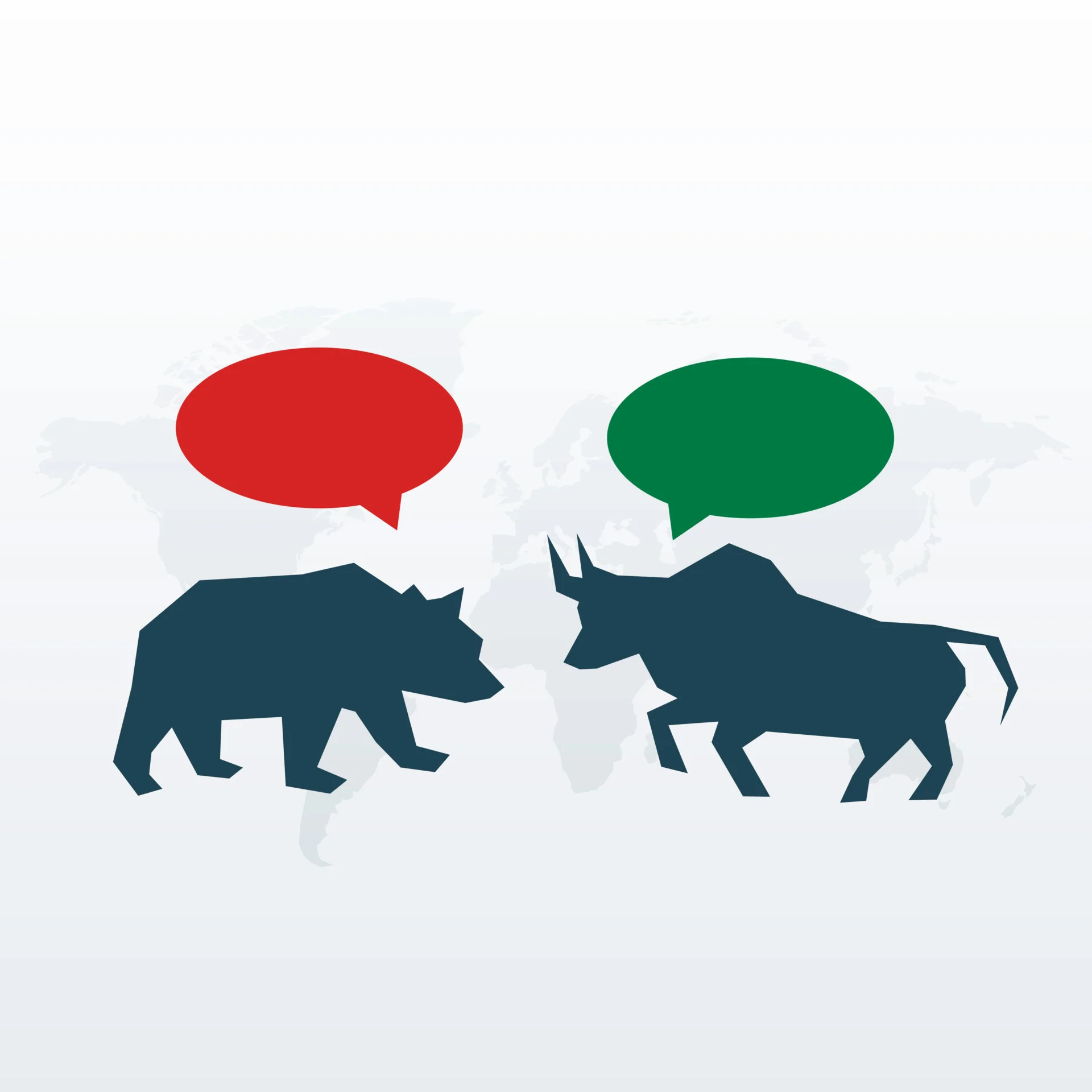 The essence of this approach is to actively buy assets on a regular basis while continuing to build the portfolio throughout the growth period. This leads to an exponential yield curve, but also increases the risks.
The essence of this approach is to actively buy assets on a regular basis while continuing to build the portfolio throughout the growth period. This leads to an exponential yield curve, but also increases the risks.The biggest risk is to buy stocks when they are high. This is associated with huge losses. But there is a way to counteract this, and it is called diversifying.By the way, if you want to know more about it, write to us. We will prepare a separate material that will reveal all the important nuances and approaches.
Everlasting investments – prepare your portfolio for both types of markets
This is the most interesting part. We will now explain how to build a portfolio that is stable against all market shocks. Let's assume it's stable and maximally conservative. This means that you will not make millions with it, but you will save all your capital.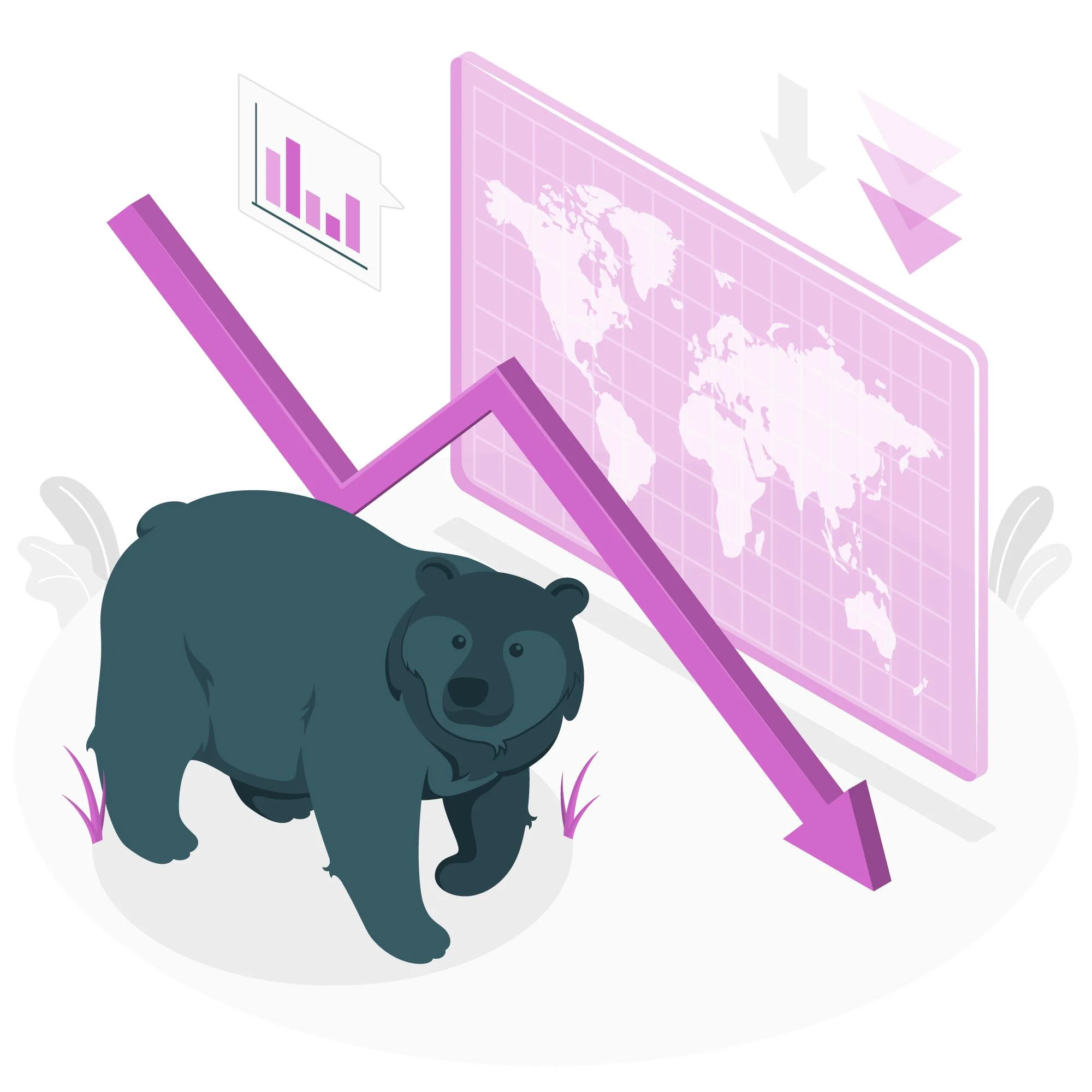 Your ideal set might look like this:
Your ideal set might look like this:- Equity markets – about 20-30%. This will be the most profitable part, especially in a strong economy period.
- Long-term bonds, with maturities of 10 years or more – at least 40%. Both developed and emerging market bonds will be included. The former is a risk-free asset with a low return, but the latter allows you to get a much better return. Any suggestions? Well, you can buy Treasury Inflation Protected Securities (TIPS).
- Intermediate-term bonds are around 15-20%. They provide a good level of income, especially in good times, but can be quite risky in a crisis. However, they are balanced by our next candidates.
- Gold and other commodities – up to 20% combined – these are the classic defensive instruments that should be part of any diversified portfolio. Gold, for example, rises in inflationary conditions (and in general, it almost always rises, except in rare situations), and commodities - by which we mean various raw materials: vegetable, animal, mineral, etc. We would like to suggest you to invest in air as well, but unfortunately this is not possible. Well, commodities are also often on the rise.
- Bull and bear markets are normal situations that you just have to know how to deal with. We hope that our thoughts on this subject have given you some food for thought, and that the example of an investment portfolio will help you to settle down in this unstable world.
| Comparison parameter | Bearish market | Bullish market |
| Investors' objective and strategy | The aim is to minimize losses | The aim is to maximize profit |
| Approaches | A pessimistic approach that consists of a competent and consistent sale of securities | An optimistic and sharp approach - the main goal of which is to grab as many goodies as possible. Or at least not lose the savings |
| What's happening to prices | Prices are seriously dropping | Prices are going up |
| What's happening to economy | Weakens, the unemployment rate rises | Getting stronger, the unemployment rate is going down |
Comments
Subscribe
Login
0 Comments




